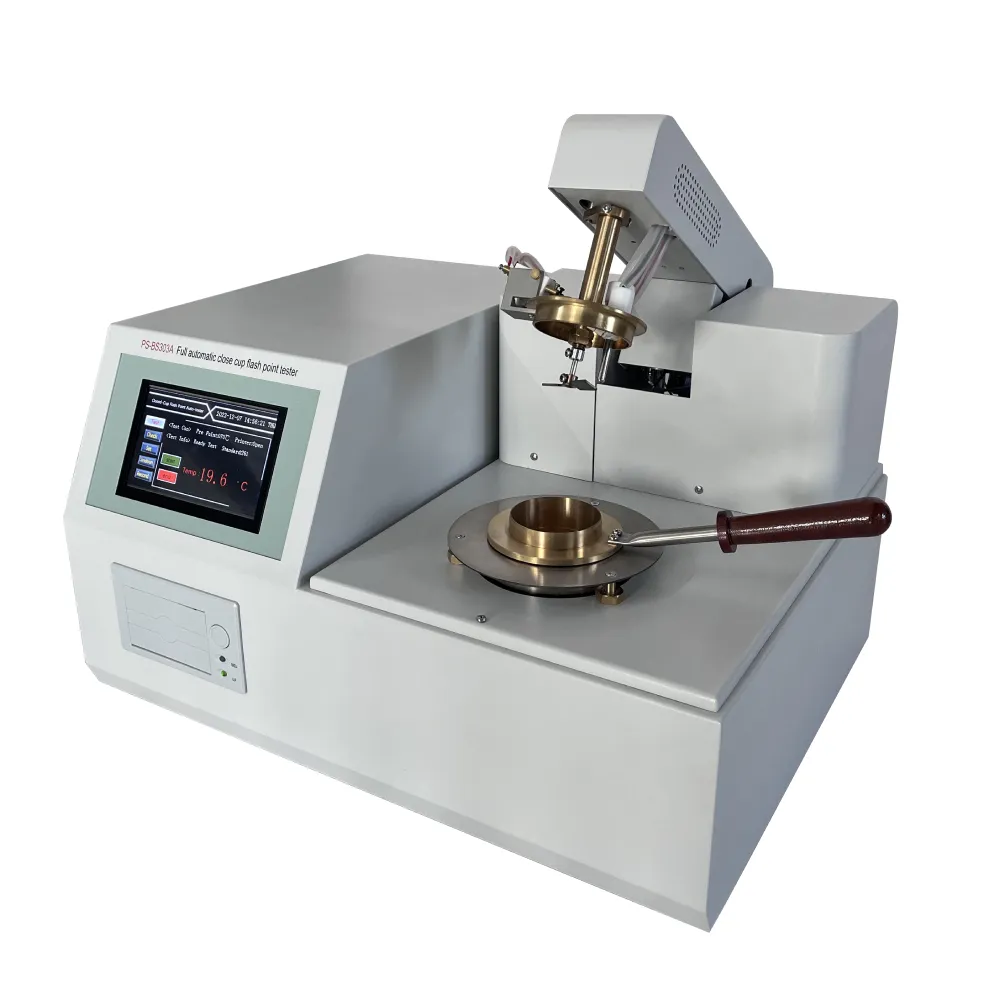 English
English



-
 Afrikaans
Afrikaans -
 Albanian
Albanian -
 Amharic
Amharic -
 Arabic
Arabic -
 Armenian
Armenian -
 Azerbaijani
Azerbaijani -
 Basque
Basque -
 Belarusian
Belarusian -
 Bengali
Bengali -
 Bosnian
Bosnian -
 Bulgarian
Bulgarian -
 Catalan
Catalan -
 Cebuano
Cebuano -
 China
China -
 China (Taiwan)
China (Taiwan) -
 Corsican
Corsican -
 Croatian
Croatian -
 Czech
Czech -
 Danish
Danish -
 Dutch
Dutch -
 English
English -
 Esperanto
Esperanto -
 Estonian
Estonian -
 Finnish
Finnish -
 French
French -
 Frisian
Frisian -
 Galician
Galician -
 Georgian
Georgian -
 German
German -
 Greek
Greek -
 Gujarati
Gujarati -
 Haitian Creole
Haitian Creole -
 hausa
hausa -
 hawaiian
hawaiian -
 Hebrew
Hebrew -
 Hindi
Hindi -
 Miao
Miao -
 Hungarian
Hungarian -
 Icelandic
Icelandic -
 igbo
igbo -
 Indonesian
Indonesian -
 irish
irish -
 Italian
Italian -
 Japanese
Japanese -
 Javanese
Javanese -
 Kannada
Kannada -
 kazakh
kazakh -
 Khmer
Khmer -
 Rwandese
Rwandese -
 Korean
Korean -
 Kurdish
Kurdish -
 Kyrgyz
Kyrgyz -
 Lao
Lao -
 Latin
Latin -
 Latvian
Latvian -
 Lithuanian
Lithuanian -
 Luxembourgish
Luxembourgish -
 Macedonian
Macedonian -
 Malgashi
Malgashi -
 Malay
Malay -
 Malayalam
Malayalam -
 Maltese
Maltese -
 Maori
Maori -
 Marathi
Marathi -
 Mongolian
Mongolian -
 Myanmar
Myanmar -
 Nepali
Nepali -
 Norwegian
Norwegian -
 Norwegian
Norwegian -
 Occitan
Occitan -
 Pashto
Pashto -
 Persian
Persian -
 Polish
Polish -
 Portuguese
Portuguese -
 Punjabi
Punjabi -
 Romanian
Romanian -
 Russian
Russian -
 Samoan
Samoan -
 Scottish Gaelic
Scottish Gaelic -
 Serbian
Serbian -
 Sesotho
Sesotho -
 Shona
Shona -
 Sindhi
Sindhi -
 Sinhala
Sinhala -
 Slovak
Slovak -
 Slovenian
Slovenian -
 Somali
Somali -
 Spanish
Spanish -
 Sundanese
Sundanese -
 Swahili
Swahili -
 Swedish
Swedish -
 Tagalog
Tagalog -
 Tajik
Tajik -
 Tamil
Tamil -
 Tatar
Tatar -
 Telugu
Telugu -
 Thai
Thai -
 Turkish
Turkish -
 Turkmen
Turkmen -
 Ukrainian
Ukrainian -
 Urdu
Urdu -
 Uighur
Uighur -
 Uzbek
Uzbek -
 Vietnamese
Vietnamese -
 Welsh
Welsh -
 Bantu
Bantu -
 Yiddish
Yiddish -
 Yoruba
Yoruba -
 Zulu
Zulu
hipot tester price
Understanding the Price of Hipot Testers
In the realm of electrical safety testing, the hipot tester, also known as a dielectric strength tester, holds a pivotal role. Its primary function is to ensure that electrical devices can withstand high voltage without breaking down, thus preventing electrical failures and safeguarding users. Given its specialized use, many professionals and organizations looking to purchase a hipot tester often find themselves concerned about pricing. Understanding the factors influencing hipot tester prices can help make informed purchasing decisions.
Understanding the Price of Hipot Testers
Brand reputation also affects pricing. Established manufacturers with a proven track record might charge a premium for their products, as they often offer better support, warranty options, and reliability. However, investing in a reputable brand can lead to better longevity and performance, which may offset the initial higher cost in the long run.
hipot tester price

Additional features are another important consideration. Some testers come with advanced functionalities that allow for automated testing, data storage, and software integration. These features can enhance testing efficiency and compliance with safety standards, making such models more expensive. Organizations need to evaluate whether these additional features are essential for their specific applications or if a basic model suffices.
Moreover, the market demand and region can also influence prices. In areas with high demand for electrical safety testing equipment, prices may be driven up due to competition. Conversely, less competitive markets might offer lower prices but could lack the range of options.
Maintenance and calibration costs should not be overlooked. While the initial purchase price is crucial, the long-term costs associated with maintaining and calibrating the tester can significantly affect overall expenditures. Some manufacturers offer calibration services as part of their package, which can provide additional value.
In conclusion, the price of hipot testers encompasses various factors, including type, brand, features, market demand, and maintenance costs. When purchasing a hipot tester, it is essential to carefully assess these elements to ensure that the chosen device meets both the technical requirements and budgetary constraints of your organization. Prioritizing quality and reliability over the lowest price can ultimately lead to improved safety outcomes and cost savings over time.
-
Ensuring SF₆ Gas Safety: Introducing PUSH’s Integrated SF₆ Analyzer for Dew Point, Purity, and Decomposition MonitoringNewsJul.10,2025
-
Exploring the Main Types of Industrial Endoscopes and Their Applications Across IndustriesNewsJul.04,2025
-
Testing Equipment Industry Sees Major Advancements in 2025: Smart & Precision Technologies Lead the WayNewsJun.06,2025
-
Applications of Direct Current Generators in Renewable Energy SystemsNewsJun.05,2025
-
Hipot Tester Calibration and Accuracy GuidelinesNewsJun.05,2025
-
Digital Circuit Breaker Analyzer Features and BenefitsNewsJun.05,2025



